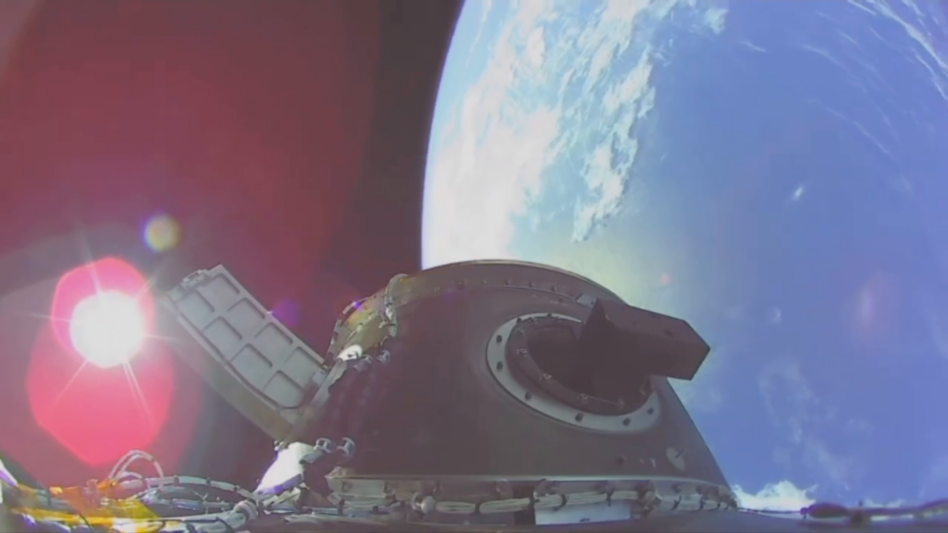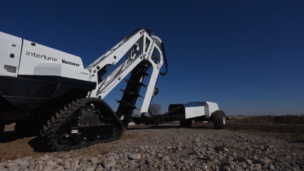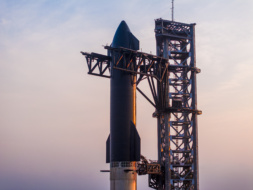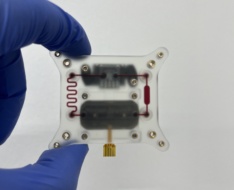Firefly made history when it became one of only a handful of privately funded players to reach orbit a month ago.
Now, the self-described “end-to-end space transportation company” is staffing up to scale production and ensure that October’s successful Alpha launch isn’t a one off.
“What we have to do now…is take Alpha to full-rate production,” CEO Bill Weber told Payload in a recent interview. “That’s the challenge at hand now: to go from one in a row to ultimately one a month, then beyond that [to] one a week.”.
“That in and of itself is a different muscle movement than the company has been through before,” Weber said. “Full-rate production is not the same operational cadence that getting the rocket to orbit on its first and second missions is.”
To help Firefly go 1 → N, the company today named Dan Fermon as COO. Fermon formerly was a VP at Firefly investor AE Industrial Partners, and before that, worked at GE Aerospace. He’s served in the COO role in an interim capacity since May.
“I’m excited to become a permanent member of the Firefly leadership team,” Fermon said in a statement. “Having spent the last five months with the team, I have been impressed with their passion, commitment to continual learning, and drive to excellence.” Fermon echoed Weber’s focus on “full-rate production,” distributed across Firefly’s various “vehicles, facilities, and capabilities in the years ahead.”
More fresh faces
Fermon is the latest in a string of recent high-profile staff additions for Firefly, dating all the way back to August. The company announced Wednesday that former BAE executive Justin Siebert would be joining as its new vice president of operations and production. Chris Emerson, former chairman of Airbus US Space and Defense, also joined the board of directors on Oct. 24 to help the company scale and “make the right choices,” Weber said.
Finally, and also on Oct. 24, Firefly announced that former NASA Administrator Jim Bridenstine would be joining its advisory board. Bridenstine, whose post-government gigs include board seats on propulsion startup Phase Four and Viasat, told Payload he was hesitant to get involved with the launch industry after leaving NASA, but that Firefly’s “all-star cast” drew him in.
Another factor that tipped the scales for Bridenstine was Firefly’s orbital launch. “It demonstrated that they do in fact have the ability to do what they’ve been advertising they could do,” he said. “When they made that first launch successfully, I kind of let them know I’d be interested in joining them.”
Weber is also relatively new to Firefly, being named CEO on Sept. 1 after leading KeyW Corporation, which works with the defense and intelligence sector on cyber operations and satellite missions. Now that Firefly has proven it has the technology to reach orbit, Weber said he is focused on building a business case around a repeatable, regular launch cadence.
“That’s a business as opposed to an incredibly difficult engineering challenge,” Weber said. “What I look for and what I gravitate to is the companies and opportunities that need discipline and maturity and process while not breaking the magic of what got them there.”
Upcoming milestones
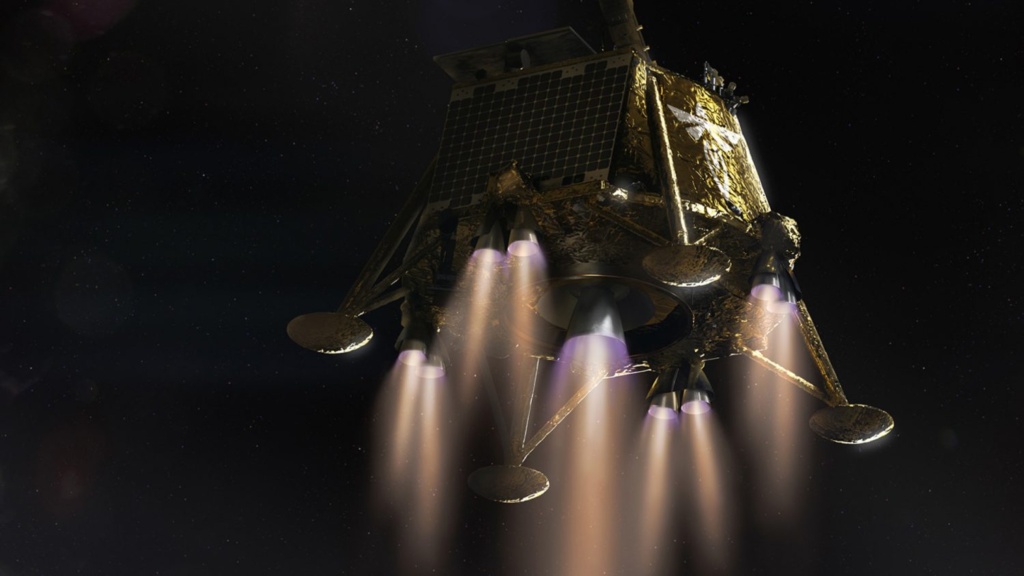
Firefly has overcome a rocky start, including its first launch attempt in September 2021 that ended in an explosion and a failed rocket test in 2020 that sparked a fire on their Texas test stand. But Bridenstine commended the company for sticking with its mission and successfully reaching orbit on its second try last month.
“You need to be able to try quickly, fail, and then start over again. I think Firefly is an example of a company that has proven to be very resilient,” he said. “They’ve had a lot of program opportunities in the past that didn’t work out so well, and they kept coming back…until here we are with a successful launch and an ability to not just raise money, but an ability to win contracts.”
Now, Firefly is making investments to dramatically ramp up launch cadence in the next few years. Weber said the company is expecting to launch six times in 2023 and 12 times in 2024, including plans for a tactically responsive space launch in 2023 under a Pentagon contract awarded Sept. 30 in conjunction with Millennium Space Systems.
To accommodate these upcoming launch plans, Weber said the company is “breaking ground right now” at Cape Canaveral, and will have the capability to launch from either coast in a little over a year, giving the company access to more orbits. Firefly is also expanding its production and test facilities in Briggs, Texas, he said.
Firefly has launched a campaign to raise $300 million in new financing, partially to help pay for these projects, according to a recent report in Reuters. Firefly declined to comment on fundraising plans.
The launcher is also working with Northrop Grumman to build a new, American-made first stage for the Antares rocket, replacing the RD-180. Moscow’s invasion of Ukraine hastened the phaseout of the Russian-made engines. In the long term, Firefly’s MLV will replace the Antares rocket entirely, with Firefly building the structure and propulsion elements and Northrop supplying the avionics and launch capability.
“We will succeed because we must, and the great part of it is [that MLV is] a larger Alpha,” Weber said. MLV is currently being advertised as a 13,000 kg-class rocket for LEO. “It’s not a brand new design, it’s not a new invention, it’s a larger intervention of what already works and what is already dependable.”
Bridenstine applauded the partnership between a risk-averse legacy space company like Northrop and a “disruptor” startup like Firefly, saying that both parts of the space industry bring different strengths to the table. “The resilience of Firefly and the tradition of Northrop will be a unique opportunity,” he said.
Beyond LEO, Firefly is also working on Blue Ghost, an uncrewed lunar lander that will fly its first mission for NASA’s Commercial Lunar Payload services, or CLPS, program. Firefly is currently building its CLPS Blue Ghost at the company’s Cedar Park, Texas, facility. Weber said that lessons from its ongoing lander program will inform the design of Firefly’s Space Utility Vehicle, a spacecraft that will be able to transport satellites to different orbits.
“You think there was a party when we got to orbit,” Weber said. “You just wait until we put the first [commercial] US spacecraft on the surface of the moon in 18 months.”
